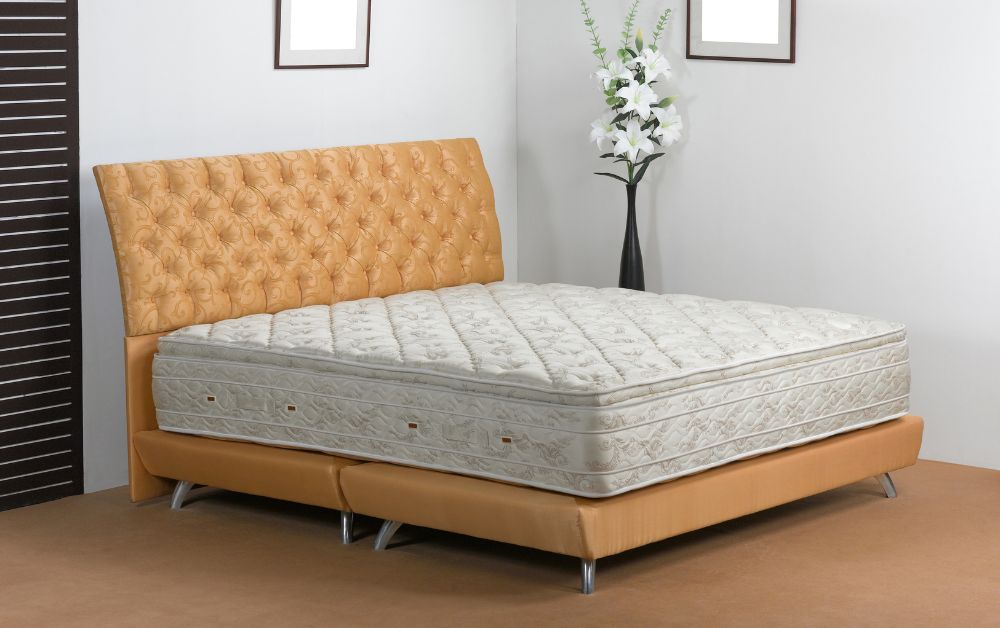Menu

Best Mattress Buying Guide: Tips for Finding Your Ideal Sleep Solution
Choosing the right mattress is crucial and can significantly impact your overall well-being. With myriad options available, it's essential to understand the various types of mattress styles to make an informed choice. This guide will help you navigate the different types of mattresses and determine which best suits your needs.
Understanding Your Sleep Needs
Before delving into the different types of mattresses, it's essential to understand your sleep needs. Consider factors such as your sleeping position, specific health concerns (like back pain or allergies), and personal preferences regarding firmness and temperature regulation. Once you clearly understand your sleep requirements, you can better evaluate the various mattress styles available.
Types of Mattresses
Innerspring Mattresses
Overview: Innerspring mattresses are one of the oldest and most popular mattresses. They use a system of metal coils to provide support and are often topped with layers of padding or foam.
Pros:
- Affordability: Generally more affordable compared to other types.
- Support: Provides strong support, especially for heavier individuals.
- Breathability: Good airflow through the coils helps keep the mattress cool.
Cons:
- Durability: Tend to wear out faster than other types.
- Motion Transfer: Can transfer movement, which might be disruptive for couples.
Best For: People who prefer a traditional feel and those who need firm support.
Memory Foam Mattresses
Overview: Memory foam mattresses are made from viscoelastic foam that conforms to the shape of your body. This type of mattress is known for its pressure relief and support.
Pros:
- Pressure Relief: Excellent for relieving pressure points.
- Motion Isolation: Minimal motion transfer, ideal for couples.
- Comfort: Conforms to the body for personalized support.
Cons:
- Heat Retention: This can retain heat, making it uncomfortable for hot sleepers.
- Off-Gassing: May emit a chemical smell when new.
Best For: Individuals with joint pain, side sleepers, and those who prefer a hugging sensation.
Latex Mattresses
Overview: Latex mattresses are made from natural or synthetic latex. They offer a balance of comfort and support and are known for their durability.
Pros:
- Durability: Long-lasting compared to other mattress types.
- Eco-Friendly: Natural latex options are environmentally friendly.
- Comfort and Support: Provides good support while still being comfortable.
Cons:
- Cost: Typically more expensive.
- Weight: Heavier than other mattress types, making them difficult to move.
Best For: Eco-conscious consumers, those seeking durability, and people with allergies (natural latex is hypoallergenic).
Hybrid Mattresses
Overview: Hybrid mattresses combine elements of innerspring and foam mattresses. They typically have a coil support system with one or more foam or latex layers.
Pros:
- Balanced Feel: Combines the support of innerspring with the comfort of foam.
- Versatility: Suitable for a wide range of sleepers.
- Support and Comfort: Provide both support and pressure relief.
Cons:
- Cost: It can be more expensive due to the combination of materials.
- Weight: Generally heavier and more challenging to move.
Best For: Those who want support and comfort and people who like the bounce of innerspring but the comfort of foam.
Adjustable Mattresses
Overview: Adjustable mattresses, often with a remote control, allow you to change their position. They can be used with adjustable bed frames to elevate the head, feet, or both.
Pros:
- Customization: Adjustable to meet individual needs.
- Health Benefits: Can alleviate various health issues, such as back pain and acid reflux.
- Comfort: Offers a high level of personalized comfort.
Cons:
- Cost: Generally more expensive than traditional mattresses.
- Durability: Mechanical components may wear out over time.
Best For: People with specific health issues, those who enjoy reading or watching TV in bed, and anyone looking for a highly customizable sleep experience.
Factors to Consider When Choosing a Mattress
Firmness
The firmness of a mattress is a key factor in comfort and support. It is typically rated on a scale from soft to firm. Your preferred firmness level will depend on your sleeping position and personal comfort preferences. Side sleepers often prefer softer mattresses, while back and stomach sleepers might benefit from a firmer mattress.
Temperature Regulation
If you tend to sleep hot, look for mattresses with cooling technologies. Materials like gel-infused memory foam, latex, and innerspring designs with good airflow can help regulate temperature.
Motion Isolation
Motion isolation is an important factor to consider for couples. Memory foam and latex mattresses typically offer the best motion isolation, minimizing disturbances from your partner's movements.
Edge Support
Good edge support can prevent you from feeling like you might roll off the bed and can make getting in and out of bed easier. Innerspring and hybrid mattresses often have reinforced edges for better support.
Budget
Lastly, consider your budget. While opting for the cheapest option is tempting, investing in a good-quality mattress can significantly improve your sleep quality and overall health. Remember, a mattress is an investment in your well-being.
Conclusion
Choosing the right mattress involves understanding your sleep needs and evaluating the different types of mattresses available. Whether you prefer the traditional support of an innerspring mattress, the contouring comfort of memory foam, the durability of latex, the balanced feel of a hybrid, or the customization of an adjustable mattress, there is a perfect mattress for you. Take the time to consider your options, and invest in a mattress that will provide you with the comfort and support you need for a good night's sleep.
- Choosing a selection results in a full page refresh.
